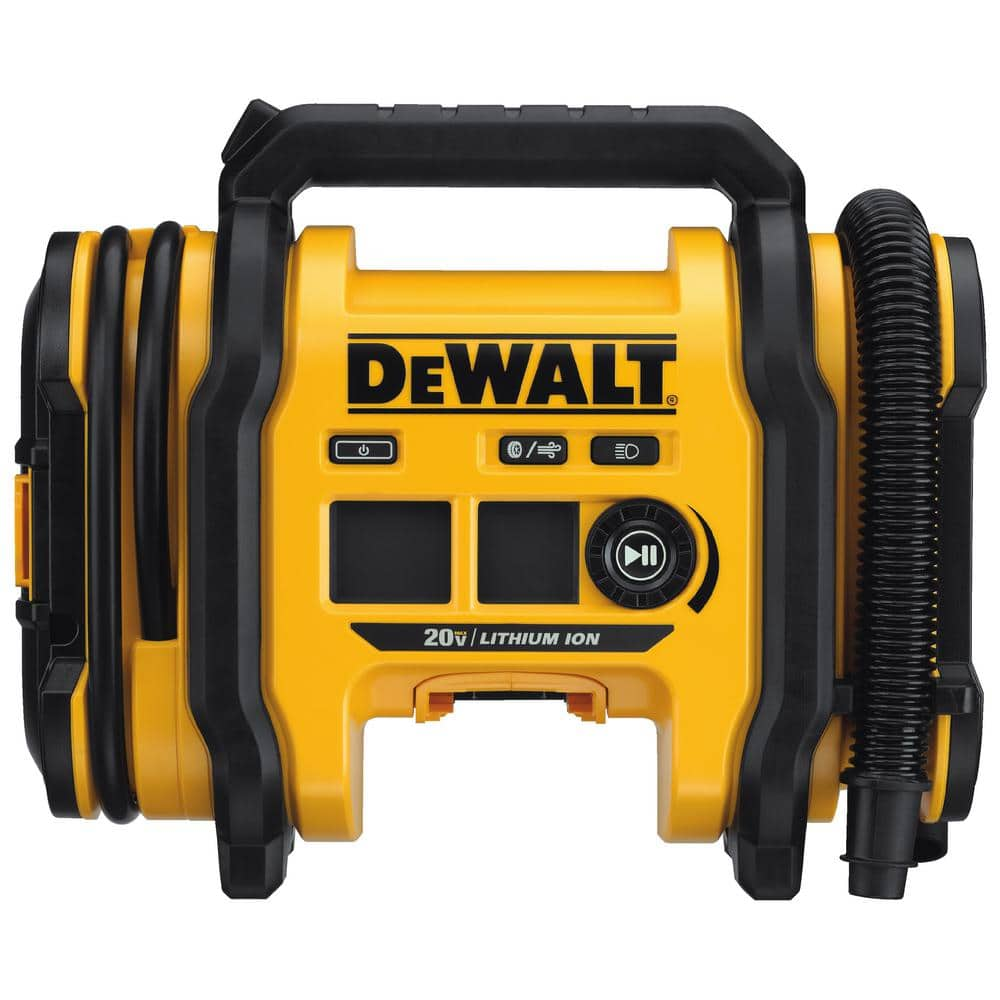I would like to carry a tire inflator for emergency purposes. Most portable inflators that run off the 12v outlet only specify 12v 15a. The new low voltage battery in the MY is 16v, and I would hate to blow a fuse on one of these inflators when I need it most.
Does anyone have a portable unit that they have used consistently with the new battery without issue? I’m struggling to find one.
Does anyone have a portable unit that they have used consistently with the new battery without issue? I’m struggling to find one.



